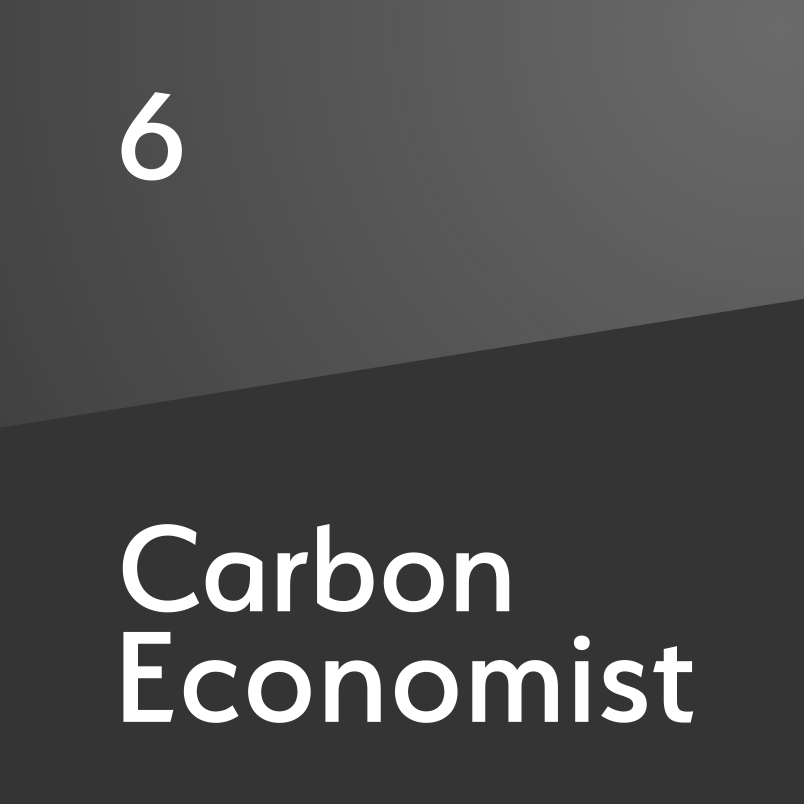Saudi Arabia's path to transition, part 1: Energy diversification
The oil behemoth recognises the need to broaden its energy mix to reduce both environmental and economic risks
Saudi Arabia holds one-sixth of the world’s oil reserves and remains a major player in the global oil market, producing 9.61m b/d of crude oil in 2023. The discovery of the Dammam oilfield in 1938 marked the beginning of Saudi Arabia's economic transformation, driven by oil. This development led the country to become a founding member of OPEC in 1960. Over the decades, oil revenues fuelled significant economic growth, positioning Saudi Arabia as a member of the G20 with a GDP of $1.07t in 2023. In fact, oil revenues accounted for 62.29% of the national budget in 2023, underscoring the country’s deep reliance on the sector. However, the Saudi government has recognised the economic and environ

Also in this section
23 December 2025
Legislative reform in Germany sets the stage for commercial carbon capture and transport at a national level, while the UK has already seen financial close on major CCS clusters
15 December 2025
Net zero is not the problem for the UK’s power system. The real issue is with an outdated market design in desperate need of modernisation
28 November 2025
The launch of the bloc’s emissions trading system in 2005 was a pioneering step, but as the scheme hits 21 its impact as a driver of decarbonisation is still open to debate
18 November 2025
Vicki Hollub, president and CEO of Occidental, has been selected as the 2026 recipient of the Dewhurst Award, the highest honour bestowed by WPC Energy. The Dewhurst Award celebrates exceptional leadership, groundbreaking innovation and a lifetime of significant achievements in sup-port of the development and advancement of the energy industry.







